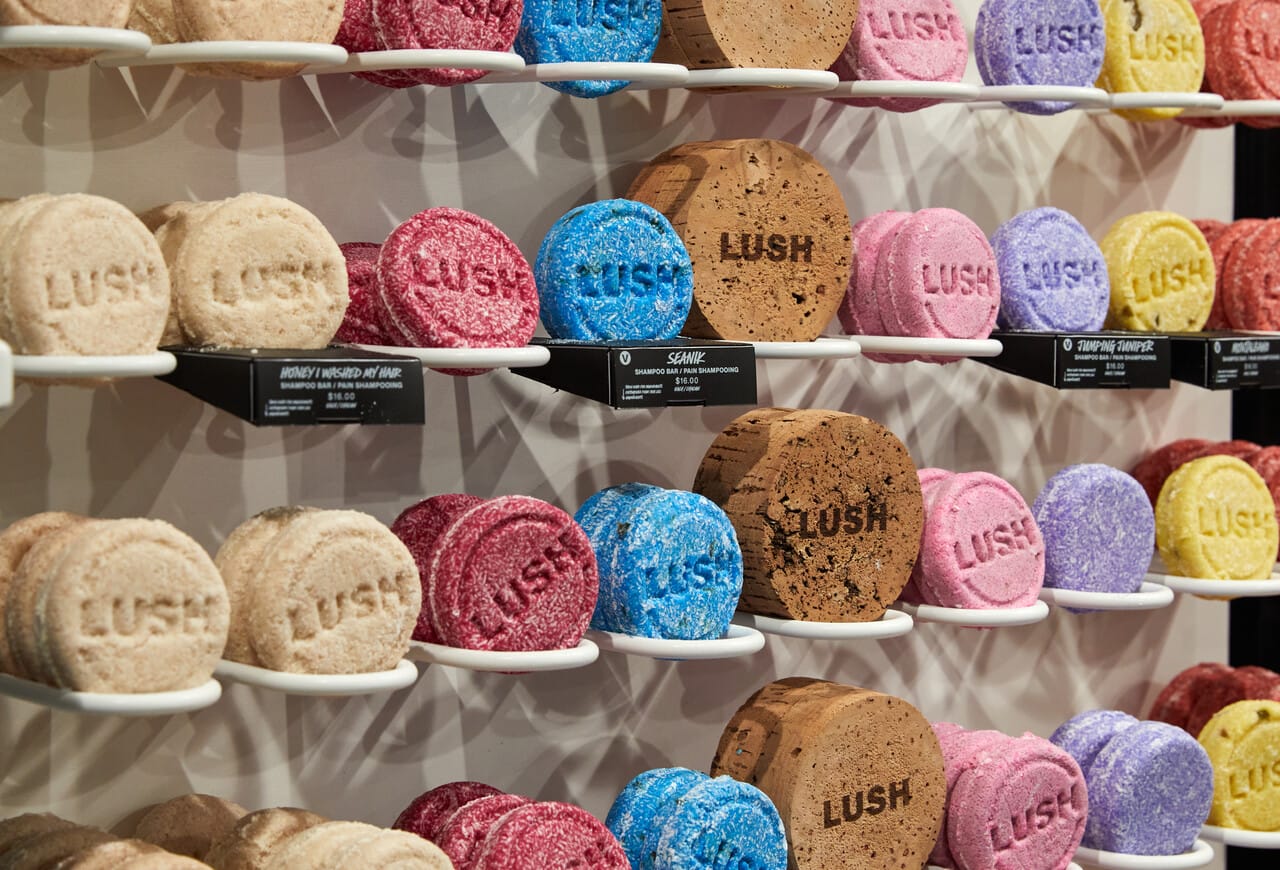Earth Day
A Moment to Reflect on Marketing Sustainability
Every year on 22nd April, over a billion people across the globe unite to mark Earth Day – a moment of reflection, a call to action, and a reminder that our planet doesn’t have a Plan B. But Earth Day isn’t just about planting trees and posting poetic Instagram captions (although those can sometimes help too). It’s also a day to challenge the way we do business – especially in marketing.
Because let’s be honest: marketing has a carbon footprint.
From the flood of physical promotional materials to the server energy behind programmatic ads and video content, marketing can be a resource-hungry business. But that also means we marketers have the power – and the platform – to change things for the better.
The Marketing Made Clear Podcast
Check out the Marketing Made Clear Podcast on all good streaming platforms including Spotify:
What is Sustainable Marketing?
Sustainable marketing isn’t just greenwashing with a compostable bow. It’s a strategic approach that considers the long-term impact of your brand, your message, and your operations on people, the planet, and profit.
Philip Kotler (yes, that Kotler) described it as the practice of:
“meeting the needs of present consumers without compromising the ability of future generations to meet their own needs.”
In other words, it’s about aligning your brand values with your actions – and making sure your marketing isn’t just saying the right thing but doing it too.
Why Earth Day Matters for Marketers
Earth Day gives us a cultural permission slip to talk about sustainability. But it’s also a timely nudge to ask deeper questions about our impact:
-
Are we promoting conscious consumption or just more consumption?
-
Do our campaigns support long-term change or short-term clicks?
-
Are we transparent, or are we dipping our toe in a shallow pool of greenwashing?
These aren’t easy questions. But that’s exactly why they matter.
Sustainable Marketing in Action
Let’s get specific. Here are a few brands that go beyond the buzzwords:
-
Who Gives A Crap: Not only are they shaking up the bog roll game with recycled paper and bamboo, but they donate 50% of profits to clean water projects. Their packaging is bold, their copywriting is cheeky, and their mission is clear.
-
Elvis & Kresse: This UK-based luxury brand upcycles decommissioned fire hoses and other waste materials into high-end accessories. They’ve built a business model entirely on circular economy principles – and their marketing is refreshingly honest.
-
Finisterre: This Cornish clothing brand doesn’t just talk about sustainability; they weave it into every thread. From repairing old gear to pioneering marine-safe waterproofing, they live and breathe the values Earth Day champions.
Lush: Famous for its fresh, handmade cosmetics and loud stance on ethical sourcing, Lush doesn’t shy away from activism. From naked packaging (yes, that’s a thing) to campaigning on animal rights and environmental issues, their marketing blends bold visuals with bold values—and customers love them for it.
What unites them? Authenticity, transparency, and the courage to rethink the usual playbook.

A Bit of a RANT: When Consumer Demand Doesn’t Match Sustainable Intentions
It’s one thing for a brand to want to do the right thing. It’s another for consumers to back that with their wallets.
While sustainable marketing is often praised and promoted, many eco-friendly businesses face a brutal truth: doing things the right way often costs more. And when push comes to shove, a lot of consumers still choose convenience or price over planet.
Take Dogs Go Greener, for example – a purpose-driven business committed to removing plastic from the pet industry. The company was setup by my wife Lucy and I in 2020 – We offered compostable poo bags, eco-friendly toys, and plastic-free packaging at a time when the market was saturated with cheap, mass-produced alternatives. Our products were better for the environment. Our mission was crystal clear. And yet, despite passionate marketing and a loyal following, we recently had to close their doors.
This isn’t a failure of branding or messaging. It’s a systemic challenge that sustainable businesses everywhere are up against: the gap between consumer intention and action.
As marketers, we can help bridge that gap. But we also need to be honest about the barriers – price sensitivity, lack of awareness, or plain old habit. Sustainable marketing can only do so much if the wider cultural and economic conditions aren’t shifting too.
The lesson here?
If we want sustainable brands to thrive, consumers need to do more than click “like” on an eco-friendly post. They need to vote with their wallets – and understand that buying better sometimes means paying a little more.
How Marketers Can Honour Earth Day Year-Round
Earth Day shouldn’t be a one-day campaign – it should be a checkpoint in a much longer journey. So here are a few tangible actions you can take as a marketer:
-
Audit your supply chain messaging: If you’re talking about being “eco-friendly”, make sure you can back it up with data and action.
-
Reduce waste in campaigns: Digital is leaner than print, but still carries a carbon cost. Consider whether your campaigns need the volume they often rely on. Paper isn’t always the less sustainable option!
-
Collaborate with sustainability teams: Work cross-functionally to embed environmental thinking into your brand strategy.
-
Champion internal change: Sustainable marketing isn’t just for customers—it’s a mindset that can shape internal culture, supplier choices, and packaging decisions.
Earth Day Is a Marketing Opportunity – But It’s Also a Mirror
We marketers are storytellers, but also trendsetters. We shape culture, drive behaviours, and influence how people see the world (and what they buy in it). Earth Day is a reminder that with great reach comes great responsibility.
So today, instead of another clever strapline or perfectly filtered post, maybe take a break and ask:
What kind of world is my marketing helping to create?


